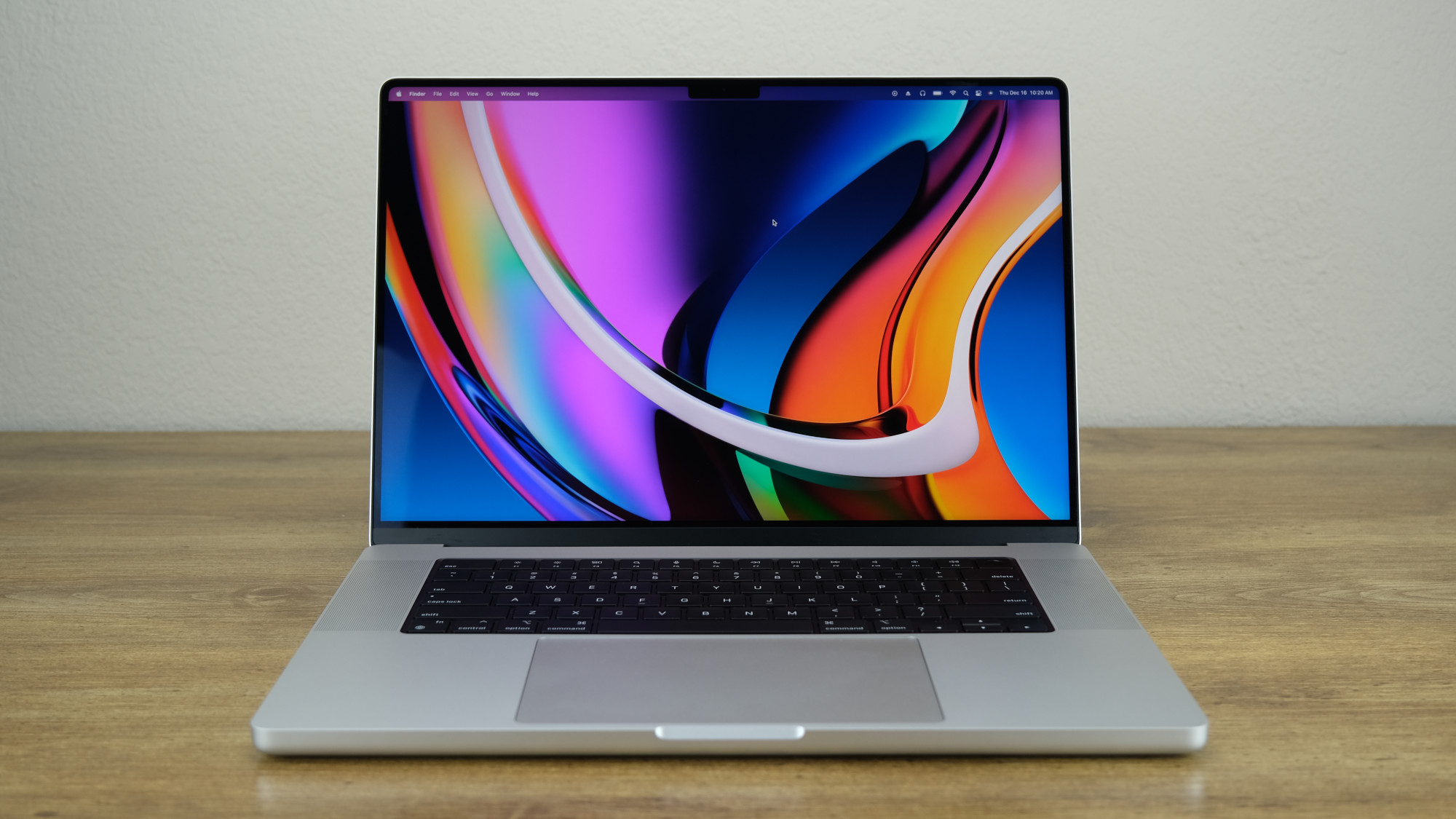Apple’s earnings report from its most recent holiday quarter was record-breaking across several metrics. From revenue to overall earnings, Apple completely and emphatically surpassed analyst expectations. Setting new milestones for both quarterly revenue and net income is no small feat. This is especially true for a company that already generates billions of dollars in revenue. Diving a bit deeper into Apple’s earnings report, there’s one trendline that’s especially noteworthy: MacBook Air and Pro sales are exploding.
The Mac is back
For the quarter gone by, Mac sales generated $10.8 billion in revenue. That’s a whopping 26% increase in Mac-based revenue compared to the same quarter a year ago. And over the last four years, Mac sales have skyrocketed by nearly 60%. That’s unabashedly astounding. It’s hard to remember the last time we’ve seen traditional PC sales jump so drastically.
What’s more, the Mac now generates more revenue for Apple than the formidable iPad. Just last quarter, Mac revenue was more than $3 billion higher than iPad revenue.
In a world that is primarily mobile-oriented, Apple has miraculously managed to create excitement around brand new laptops thanks to new designs, a willingness to fix mistakes, and of course, Apple’s in-house designed line of M-x processors.
The M1 is a game-changer
The metrics Apple showcased when it first introduced the M1 processor were so beyond the realm of expectations that even many ardent Apple supporters were cautiously optimistic. But when those first M1 laptops started shipping, reviewers quickly discovered that the M1 lived up to the hype, and then some.
The performance gains and power efficiency that the M1 brings to the table accomplished something that was seemingly impossible. It managed to get people hyped up for computer hardware. Sure, we’ve seen Apple iterate on the MacBook and iMac line, and sure, there is the Mac Pro, but Apple’s line of M1 laptops is the first time in a long time that we’ve seen genuine excitement for entry-level Macs from non-pro users.
And in typical Apple fashion, we’ve already seen Apple iterate upon the M1 with the M1 Pro and M1 Max chips introduced on the company’s new MacBook Pro models. Looking ahead, Apple later this year will likely introduce a revamped MacBook Air with an M2 processor.
The overarching point here is that Apple with the M1 set a completely new bar for laptop performance. In a market that was seemingly stagnant, Apple injected a breath of fresh air and demonstrated that its chip expertise is something to marvel at.
And as a quick aside, Apple’s M-series processors afford Apple the opportunity to part ways with Intel. This means that Apple products won’t ship months later than anticipated because of holdups in Intel’s chip development process. And bringing processor development in-house also helps pad Apple’s bottom line.
Brand new MacBook Pro design is a huge win
Aside from new processors, we’re also starting to see some form factor changes to Apple’s MacBook lineup. Case in point: Apple’s brand new 14 and 16-inch MacBook Pro models. Apple’s latest MacBook Pros are stunning and, thanks to an iPhone-inspired notch design, afford users even more screen real estate without necessitating a gargantuan form factor. The new MacBook Pro models don’t have a true edge-to-edge display, but it’s the closest we’ve come thus far.

What’s more, there are also rumors that Apple’s next-gen MacBook Air will borrow some design elements from the MacBook Pro insofar that we’ll see slimmer bezels and a notch design.
It’s also worth noting that everything about Apple’s laptops has improved drastically in recent years. From storage options and speaker quality to display technology and battery efficiency, it’s all trending up. While laptops from other companies have improved incrementally, Apple has improved its MacBook line by leaps and bounds.
On a related note, Apple has finally shown a penchant for listening to consumer feedback. The Butterfly keyboard design that caused users so many headaches is now a thing of the past. Further, Apple’s new MacBook Pro models bring back a variety of ports that Apple bizarrely got rid of a few years ago as part of a misguided effort to deliver an insanely slender form factor. Put differently, Apple, in designing its new MacBook Pro models, finally listened to feedback from its base of professional users.
The end result is that Apple’s notebook lineup today is more compelling and exciting than it’s been in years. Consequently, it’s no surprise that Mac sales are accelerating at a rate that rival PC manufacturers simply can’t keep up with.








